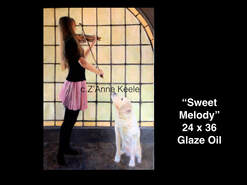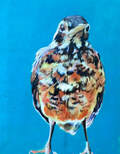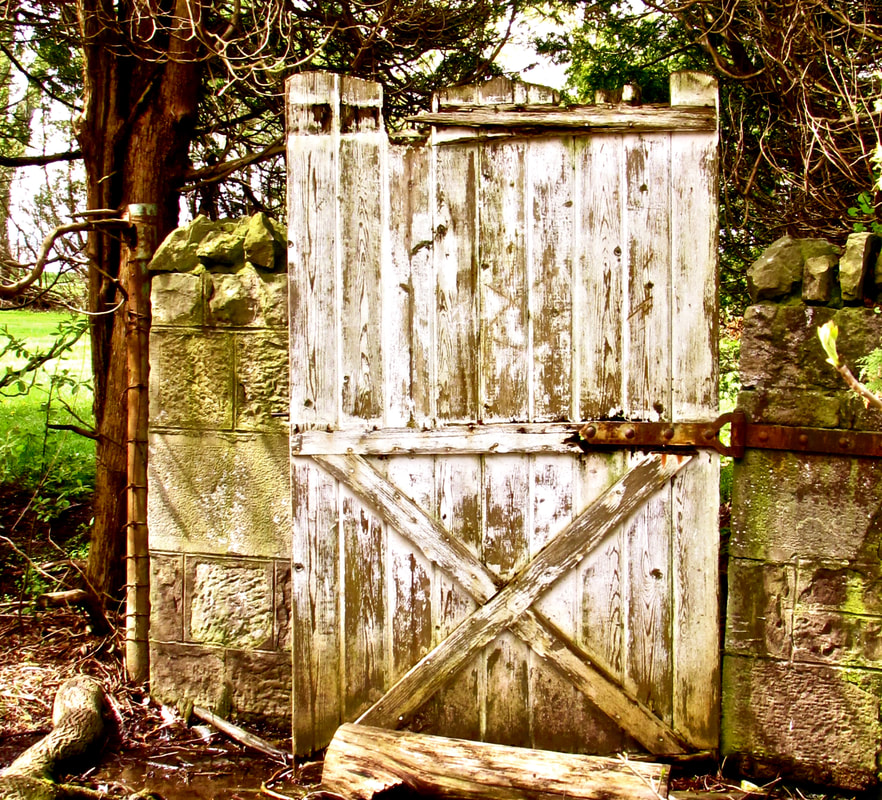The painting is trudging along. I hope to finish it before I die.
Leslie now is holding a partially finished bow but I am still unhappy with her violin and her nose (in no particular order). The background is too light to use rim light effectively so it looks as if the tip of her nose has been excised. It is Monday, however, so today I am talking to you, all the while sneaking looks at the painting, which gazes at me reproachfully from the easel a few feet away. I am actually torn between two lovers, a stressful situation for personality types like me. So says the book I’m compulsively reading.
It’s titled Quiet. Susan Cain is interested in what she calls the two basic personality types — the introvert and the extrovert. Historically a “Culture of Character” dominated Western culture until Dale Carnegie, an American, popularized the idea of a “Culture of Personality. While introverts previously flourished and enjoyed wide respect, in the last century especially in the English-speaking world, their quiet and dependable demeanours have been displaced by high-energy loud talkers - salesmen like Tony Robbins and even preachers of certain stripes. It has gotten to the point that massive social pressure to develop extroverted personalities is being applied in all levels of the education system (the Harvard Business School being the most egregious example) to the point where those who are quiet and studious are now characterized as anti-social ineffective losers — essentially in need of repair. Asian students are at a particular disadvantage, as their general culture still favours character over personality.
In this scholarly but very accessible analysis, Cain considers the biological basis for the two types and concludes that their brains are fundamentally different. Apparently some infants are born with an “especially excitable amygdala,” which had a 40 to 50% likelihood of having been inherited and which renders them “high-reactive” to new sights, sounds and smells. This environmental “alert attention” of introverts makes them “seem to see and feel things more.” Cain also references an Atlantic article about rhesus monkeys (who share 95% DNA with humans); those with “short alleles” of the gene which helps regulate seratonin processing are noticeably both highly reactive and introverted.
Now I had to think about this. Earlier in the book Cain had offered an informal quiz. Most of it had to do with choices hinging on one’s more or less need of things like a quiet environment, independence, time alone to think. I scored 16/16 and put a gold star on my forehead: bona fide 100% introvert. But to read that introversion probably meant that my alleles are on the short side and my amygdala is jumpy didn't seem like great news.
I've never seen any if my serotonin alleles but I doesn't surprise me that my amygla is twitchy: I remember what a shy person I was right into my twenties and how quiet a home and life I have crafted for myself. I also realize that social events drain me quickly; the more I enjoy them, the more down time I need to recharge the batteries. So while I may appear to have shed my skin and become an extrovert, I am a fake. Apparently I have simply acquired enough coping skills to enjoy being in, though not of, society. Added to this is my observation that virtually all of my friends are introverts, though sometimes practising pseudo-extraverts.
It brings a certain comfort to know that heredity is not necessarily destiny. Cain goes on to survey the scientific literature regarding nature/nurture, concluding that: “Maybe the mystery of what percent of personality is nature and what percent nurture is less important than the question of how your inborn temperament interacts with the environment and with your own free will.” So while high-reactive children (and rhesus monkeys) arrive with risk factors like the capability for depression, anxiety and shyness, “the sensitivities and the strengths are a package deal. High-reactive kids who enjoy good parenting, child care, and a stable home environment tend to have fewer emotional problems and more social skills than their lower-reactive peers”, studies show, because they are “more strongly affected by all experience, both positive and negative.” In other words, “high-reactive types…are…like orchids: they wilt easily, but under the right conditions can grow strong and magnificent.” They do so by choosing creative vocations like science and art; long-term happiness is predicated on there being true passion for whatever life path is chosen. No surprise there.
Quiet is a thoroughly interesting and thought-provoking book and I recommend it. Sure hope not too many born-and-bred extroverts read today’s post, though — there is always the small worry that with the way politics has been unfolding, I would be in the first truckload to be sent to a re-education camp somewhere off in the country. Remind me to take my earplugs.



 RSS Feed
RSS Feed
